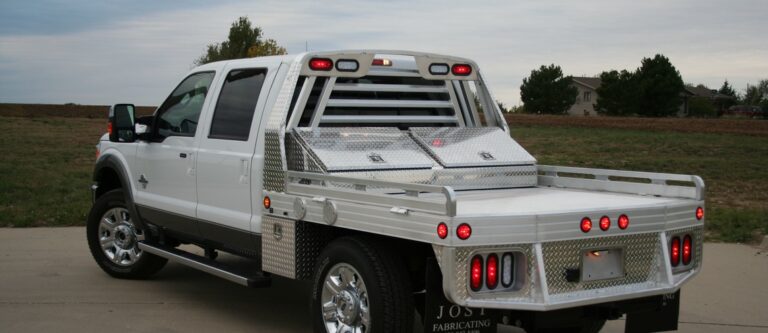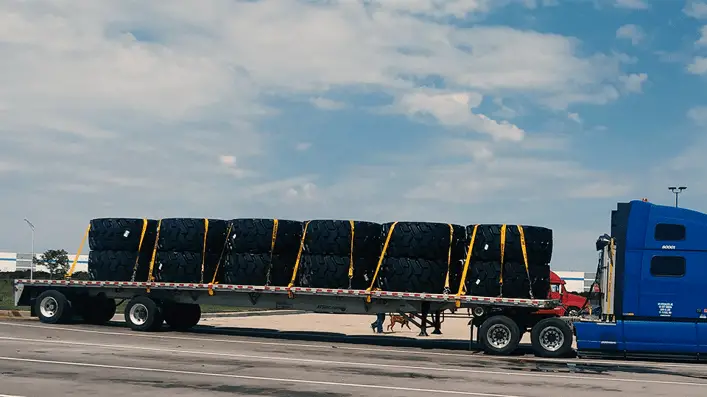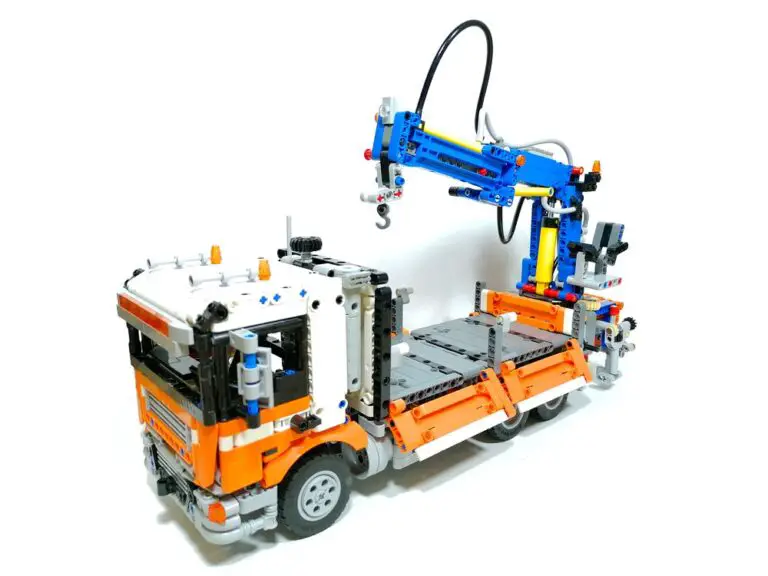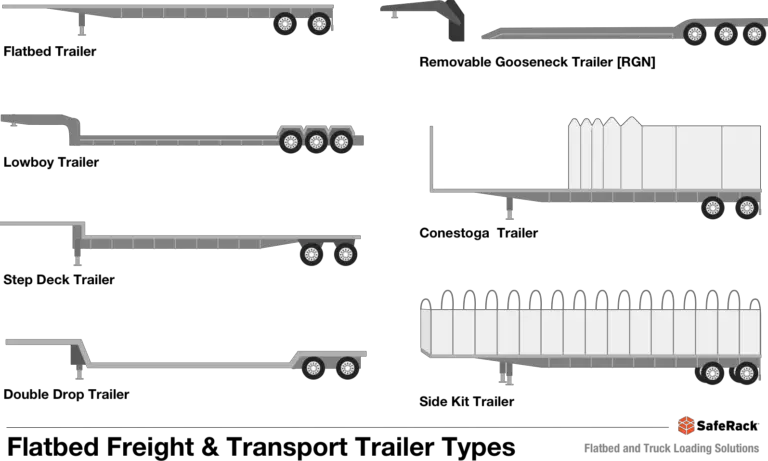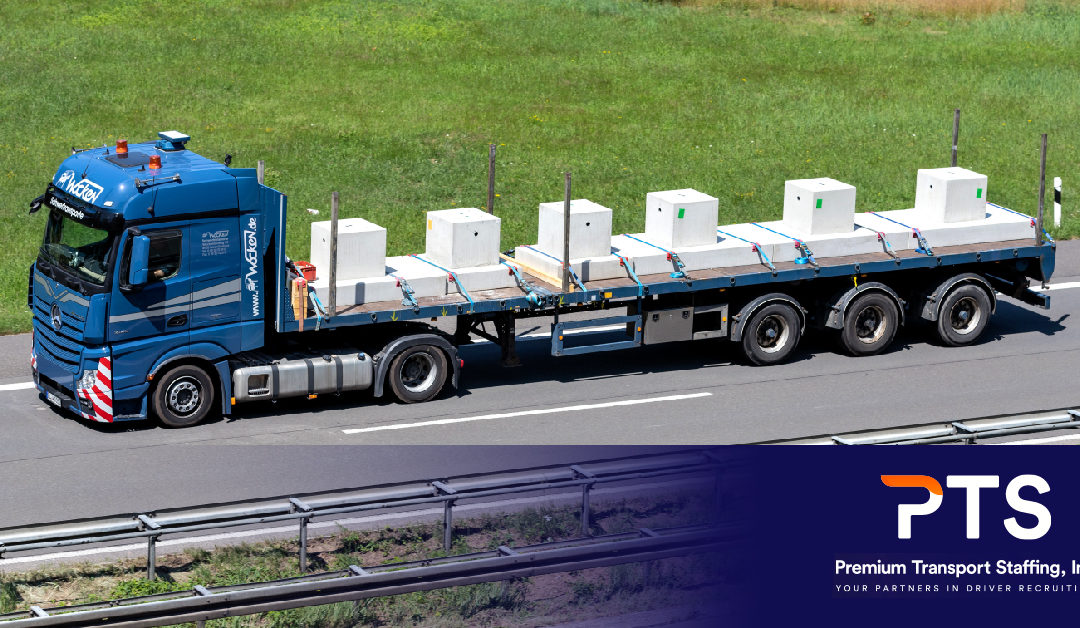
A flatbed truck is classified as a commercial vehicle used for transporting large and heavy equipment. Flatbed trucks are versatile vehicles that are commonly used in various industries for transporting oversized cargo.
These trucks are characterized by their open flat platform for easy loading and unloading of goods, making them suitable for carrying large and heavy items such as construction materials, machinery, and equipment.
Their design allows for easy maneuverability and accessibility, making them essential for transportation in the construction, manufacturing, and logistics industries.
Flatbed trucks come in different sizes and configurations to accommodate various types of cargo, making them indispensable for businesses that require efficient and flexible transportation solutions.
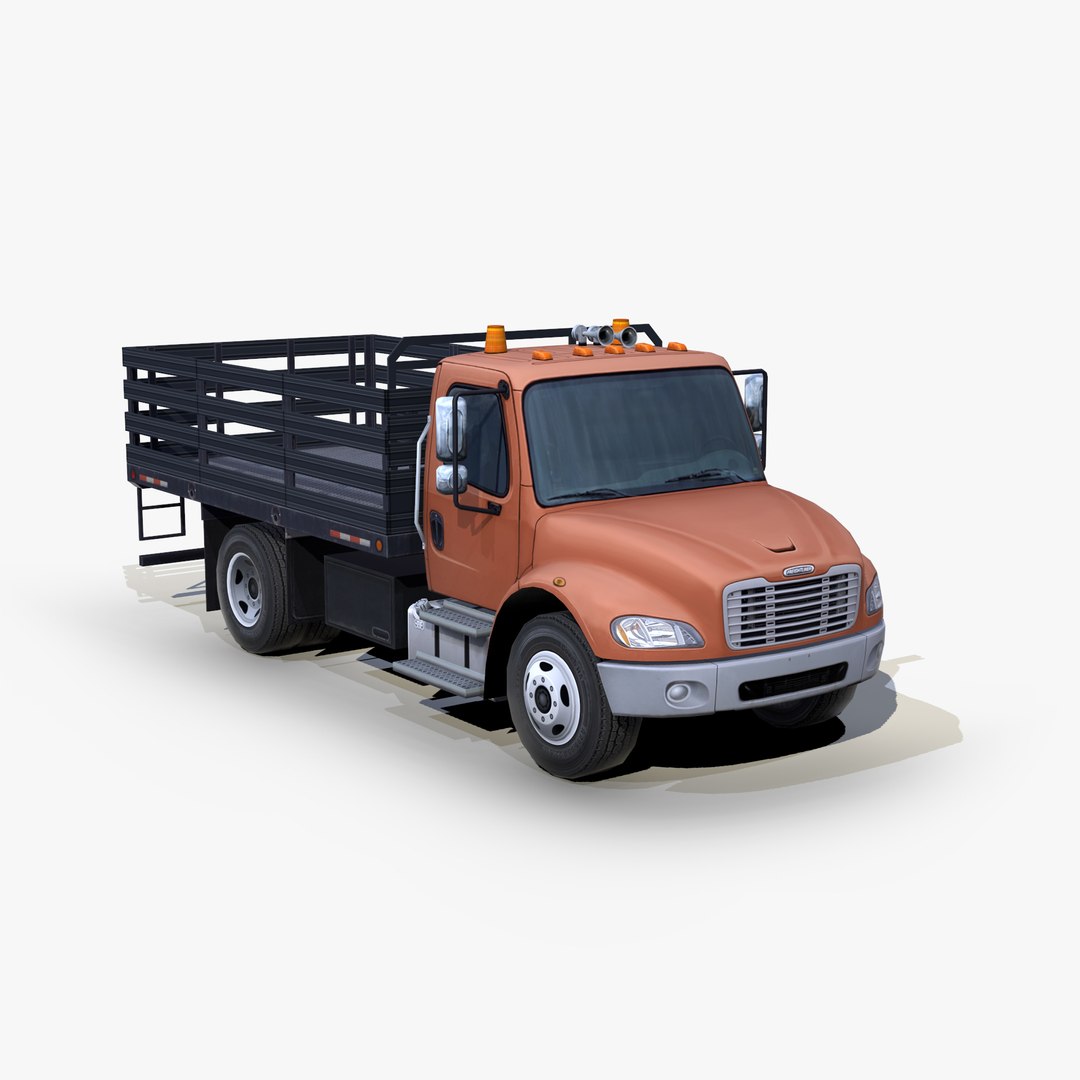
Navigate As You Want:
Classifications Of Flatbed Trucks
Flatbed trucks are classified based on their weight, length, and design. These classifications help determine the suitability of a flatbed truck for specific tasks and industries.
Flatbed trucks are categorized into various weight classes based on their payload capacity. Class 1 flatbed trucks have the lowest payload capacity, whereas Class 8 flatbed trucks have the highest payload capacity.
Flatbed trucks are also classified based on their length. Different length classes are suitable for transporting various goods and materials. Short bed flatbed trucks are typically used for smaller items, while long bed flatbed trucks are ideal for larger cargo.
Design classifications of flatbed trucks include standard, drop deck, and double-drop deck. Standard flatbed trucks have a flat hauling platform, while drop deck and double-drop deck flatbed trucks are modified to accommodate taller items.

Weight Classes
When determining the weight classes of flatbed trucks, it’s essential to understand the different classifications.
- Class 1 trucks are the lightest, with a maximum weight of 6,000 pounds.
- Class 2 trucks can carry up to 10,000 pounds.
- Class 3 trucks can support a maximum weight of 14,000 pounds.
- Class 4 trucks have a capacity of 16,000 pounds.
- Class 5 trucks can haul up to 19,500 pounds.
- Class 6 trucks can handle loads up to 26,000 pounds.
- Class 7 trucks have a weight limit of 33,000 pounds.
- Finally, Class 8 trucks are in the heavy-duty category with a weight exceeding 33,000 pounds.
Length Classes
Flatbed trucks come in various length classes, including short bed, standard bed, long bed, and extended bed. Each class offers different capabilities and is suitable for specific types of cargo.
Short bed flatbed trucks are ideal for small or light loads, while standard bed trucks can handle medium-sized items more efficiently.
Long bed trucks provide ample space for larger cargo, making them suitable for heavy-duty hauling.
Finally, extended bed trucks offer the most space and are often used for oversized or cumbersome materials.
Design Classes
Flatbed trucks are classified based on their design, with three main types: traditional flatbeds, gooseneck trailers, and lowboys.
A traditional flatbed truck is the most commonly used. It has a flat and open bed that allows for easy loading and unloading of goods.
Gooseneck trailers have a curved extension, resembling a gooseneck, which allows for safer and more secure transportation of heavy or oversized loads.
Lowboy trailers, on the other hand, are designed for carrying extremely heavy equipment. They have a lower deck height, making it easier to transport tall and heavy items.
Each design class has its own advantages and is suited for specific types of cargo. Understanding the different design classes of flatbed trucks can help you choose the right one for your transportation needs.

Factors To Consider When Choosing A Flatbed Truck
A flatbed truck is a type of truck that has an open bed with no sides or roof. It is commonly used for transporting oversized or heavy cargo. When choosing a flatbed truck, there are several factors to consider:
1. Payload Capacity:
The payload capacity of a flatbed truck refers to the maximum weight it can carry. It is important to ensure that the truck you choose has a payload capacity suitable for your cargo.
2. Dimensions:
The dimensions of the flatbed truck’s bed are crucial in determining whether it can accommodate your cargo. Consider the length, width, and height of the bed when selecting a truck.
3. Design Features:
Look for design features that enhance the functionality and safety of the flatbed truck. Features like stake pockets, tie-down points, and removable sides can greatly facilitate the loading and securing of cargo.
4. Usage:
Consider how you plan to use the flatbed truck. Will you be frequently loading and unloading cargo? Do you need specialized features like a crane or hydraulic lift? Understanding your usage requirements will help you choose the right truck.
By carefully considering these factors, you can select a flatbed truck that meets your specific needs and ensures the safe and efficient transport of your cargo.
Frequently Asked Questions
What Class Is A Flatbed Truck?
A flatbed truck is typically categorized as a Class 7 or Class 8 commercial vehicle. These heavy-duty trucks have a gross vehicle weight rating (GVWR) of 26,001 pounds or higher. They are designed to transport large and bulky loads on an open bed, making them versatile for various industries.
What Is The Purpose Of A Flatbed Truck?
The main purpose of a flatbed truck is to transport oversized or irregularly shaped cargo that cannot fit into an enclosed trailer or van. Its open bed design allows for easy loading and unloading of materials such as construction equipment, pipes, lumber, or vehicles.
Flatbed trucks are commonly used in industries like construction, transportation, and agriculture.
What Are The Advantages Of Using A Flatbed Truck?
Using a flatbed truck offers several advantages. Firstly, it provides flexibility in transporting different types of cargo, including oversized and irregularly shaped objects. Secondly, the open bed design allows for easy loading and unloading, reducing handling time.
What Are The Different Types Of Flatbed Trucks?
There are several types of flatbed trucks available, including standard flatbeds, drop decks, and lowboys. Standard flatbed trucks have a single level flat platform with no height restrictions.
Drop decks have a lower deck height to accommodate taller loads. Lowboys have a lower deck height and are specifically designed for transporting heavy and oversized equipment.
Conclusion
Understanding the class of a flatbed truck is crucial for anyone in the transportation industry. Whether you’re a truck driver, fleet manager, or logistics professional, knowing which class of flatbed truck suits your needs can save you time, money, and headaches.
By considering factors such as weight capacity, licensing requirements, and specific job requirements, you can confidently choose the right class of flatbed trucks for your transportation needs.
So, next time you’re in the market for a flatbed truck, remember to determine the appropriate class for a successful and efficient hauling experience.
